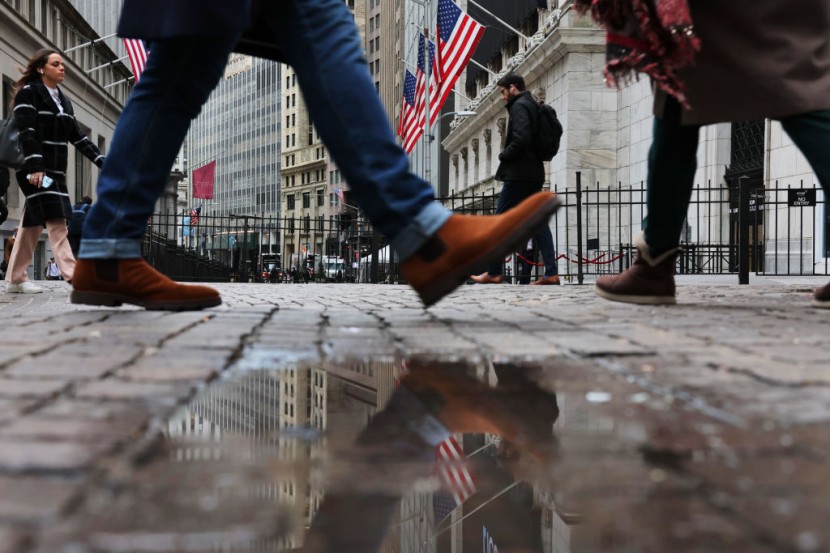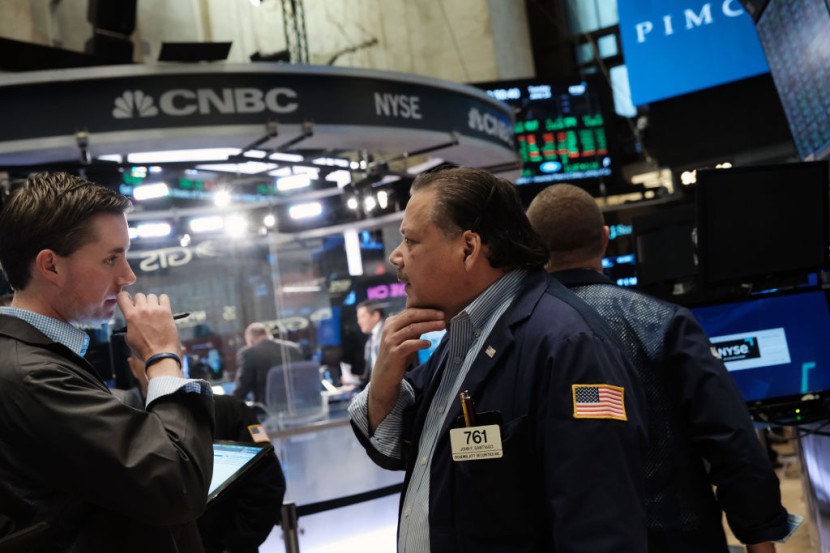
As the year draws to a close, the resounding success of U.S. markets contrasts with the mixed results witnessed in both Asian and European counterparts.

It was reported by the Associated Press Friday that stocks edged down on the final day of trading of the year in what was otherwise considered a stronger-than-expected year of gains on Wall Street.
However, the same article stated that most of the gains were for Apple, Microsoft, Alphabet, Amazon, Nvidia, Meta, and Tesla, which account for two-thirds of the gains in the Stanley & Poor 500 this year, with Nvidia leading the group with a 240% gain over average.
Though the S&P 500 index fell 0.3% Friday, it's currently sitting at just below the all-time high it set in January 2022 and is up 24% on the year. Meanwhile, the Dow Jones Industrial Average fell by 0.1%, dropping 44 points to 37,655 and is up over 12% on the year. The Nasdaq fell by 0.5% and is still up 43% for the year due to gains made by the aforementioned companies, according to the AP article.
This means good news for the U.S. economic outlook in the coming year as the AP piece also revealed that each has recovered its losses from the 2022 calendar year. Furthermore, the smaller company stocks also had a late rally that eased their losses as well. The Russell 2000 index is up 16% in 2023.
European markets were higher as well. France and Germany reported double-digit advances while Great Britain's markets climbed nearly 4%. However, Asian markets had what experts considered a mixed last trading day. Tokyo's Nikkei 225 dropped by 0.2% but it gained 27% overall in 2023. It was the market's best year in a decade.
Hong Kong's Hang Seng index ended flat, while the Shanghai Composite index gained 0.7%. But the Shanghai index lost around 3% this year while the Hang Seng fell by almost 14%. A weakening property sector and less global demand for Chinese exports are reportedly to blame, as well as high debt levels and diminishing consumer confidence.
Market analysts believed inflation was in the near future for the United States economy as interest rates crept higher and that a weaker economy in which people spent or invested money would soon follow. However, the forewarned inflation dropped to 3%.
They now expect the Fed to begin cutting interest rates next spring.








